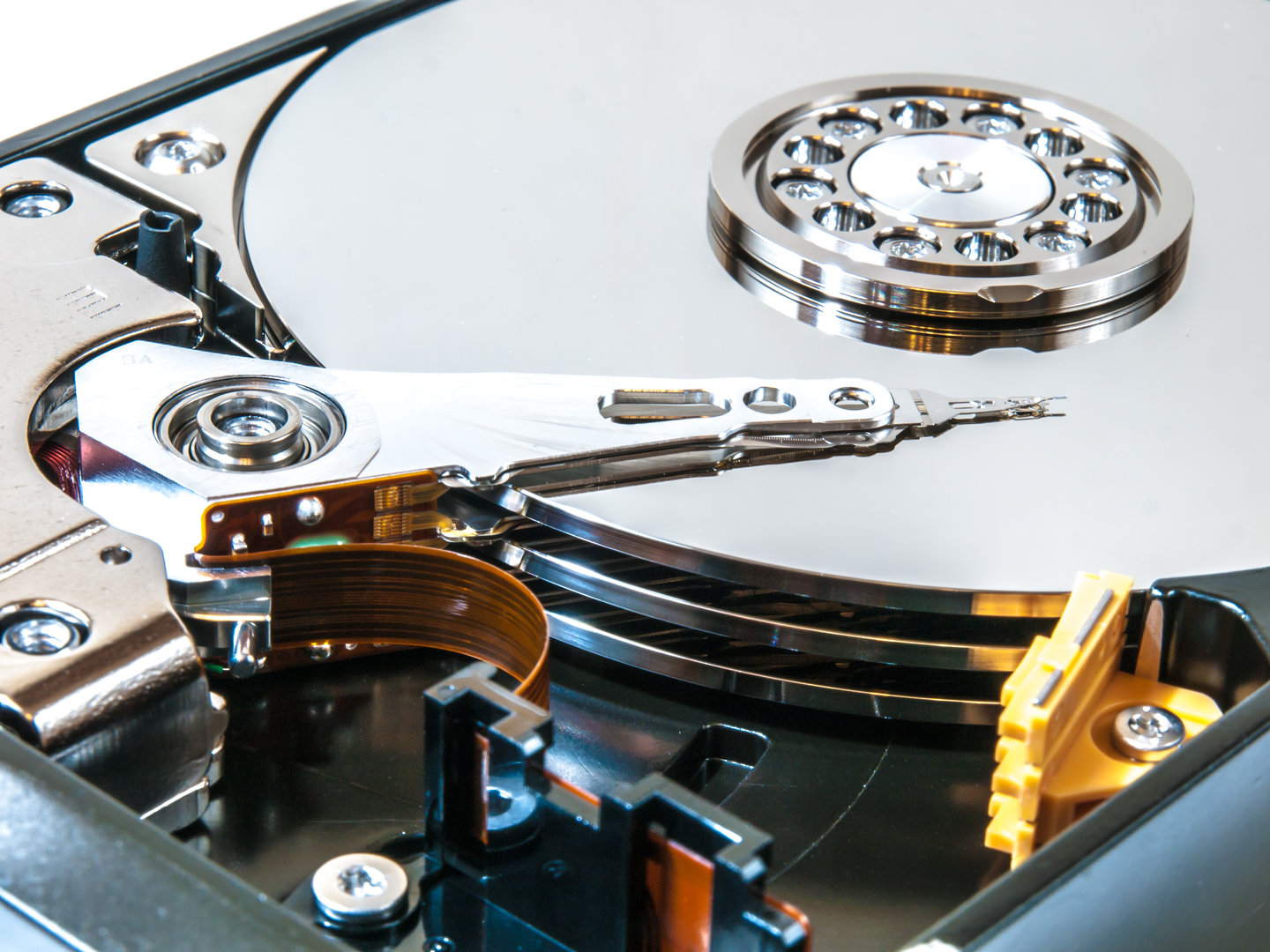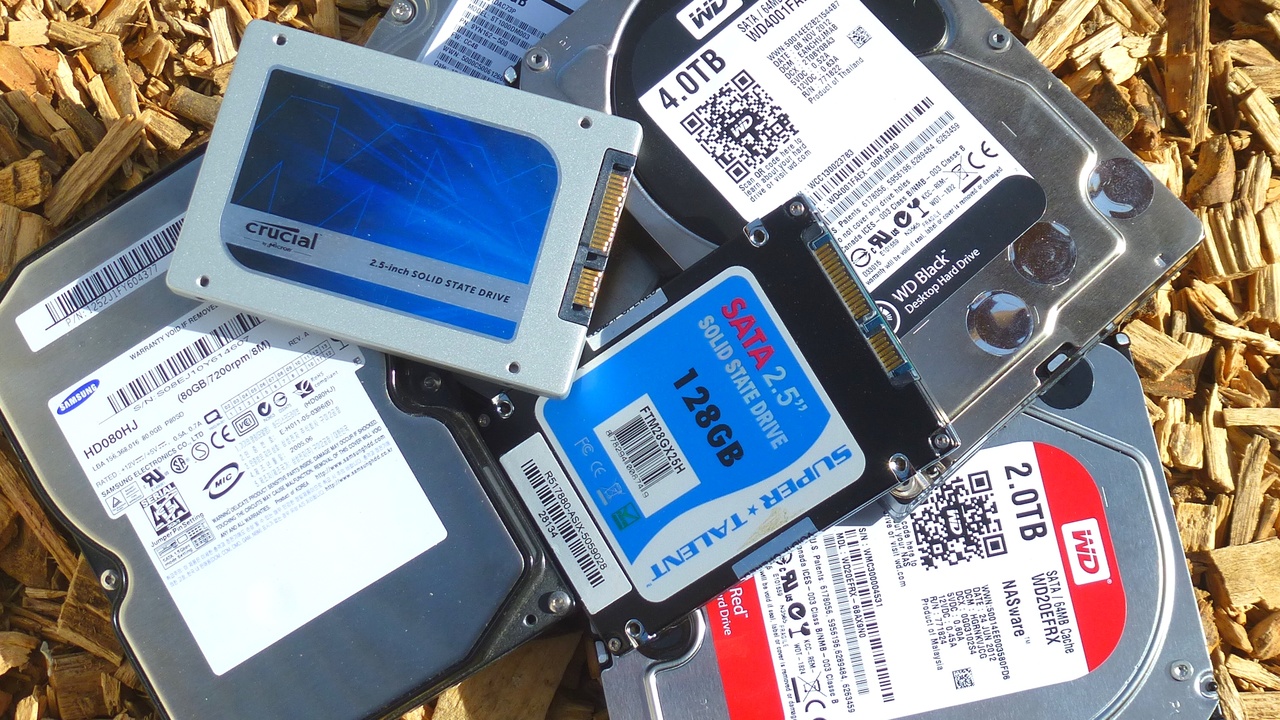introduction
While the triumphal march of enthusiasts began around 2008, the SSD came to other user groups and device classes in the following years thanks to falling prices and larger capacities. Today, an SSD is standard in every gamer PC and ultrabook. Many companies and semi-tech-savvy private users also opt for a fast SSD as standard for new PCs and notebooks.
Nevertheless, SSDs have not yet completely replaced conventional hard drives (HDDs). This can be seen from the fact that the term “SSD” continues to cause meaningless looks and shrugs among the majority of users. A look at the current PC and notebook offers from discounters and large electrical stores confirms this fact. Here, marketing continues to rely on high storage capacity instead of high performance. Given the huge performance advantage of modern SSDs over HDDs, it is only a matter of time before that will change.
The basic differences between SSDs and HDDs are shown on the following pages before the test subjects are briefly introduced. This is followed by a comparison test between the Crucial MX100 SSD, an older SSD and four different HDDs of different ages. The many practical benchmarks show that an SSD as a system drive is definitely worthwhile.
SSD Basics
Conventional hard drives are magnetic storage media in which data is stored on rotating magnetic disks. The reading and writing of the data is carried out by one or more movable read / write heads. In order to read or write data, not only must the read / write head be moved to the correct position, but it must also be waited for the storage sector of the rotating magnetic disk to be under the read / write head. Solid state drives, on the other hand, are purely electronic storage media and do without moving parts. Flash memory (NAND flash) is used for data storage, which is also used for SD memory cards or USB sticks. The so-called SSD controller is responsible for reading and writing data.

In addition to the controller used, the performance and reliability of an SSD largely depends on the flash memory used. The three different memory types SLC, MLC and TLC are differentiated here. SLC stands for single-level cell and can only store one bit (1 or 0) per memory cell. SLC flash offers high performance and good durability, but is no longer used frequently due to the high price. Instead, modern SSDs mostly rely on MLC (Multi-Level Cell). MLC stores two bits (00, 01, 10 or 11) per cell and is significantly cheaper to produce than SLC. However, MLC cannot keep up with SLC in terms of speed and durability. As the name suggests, TLC (triple-level cell) can store three bits per cell and thus offers the highest data density of the three variants. TLC is currently only used on selected SSDs from Samsung and SanDisk. To further reduce the cost per gigabyte, other manufacturers will also use TLC in the future.
While HDDs are almost exclusively available as 2.5-inch and 3.5-inch drives, SSDs can occur in many different form factors. In addition to a normal 2.5-inch housing, some SSDs are now also available as mSATA and M.2 plug-in cards or as PCIe cards.
On the next page: Advantages of SSDs
















